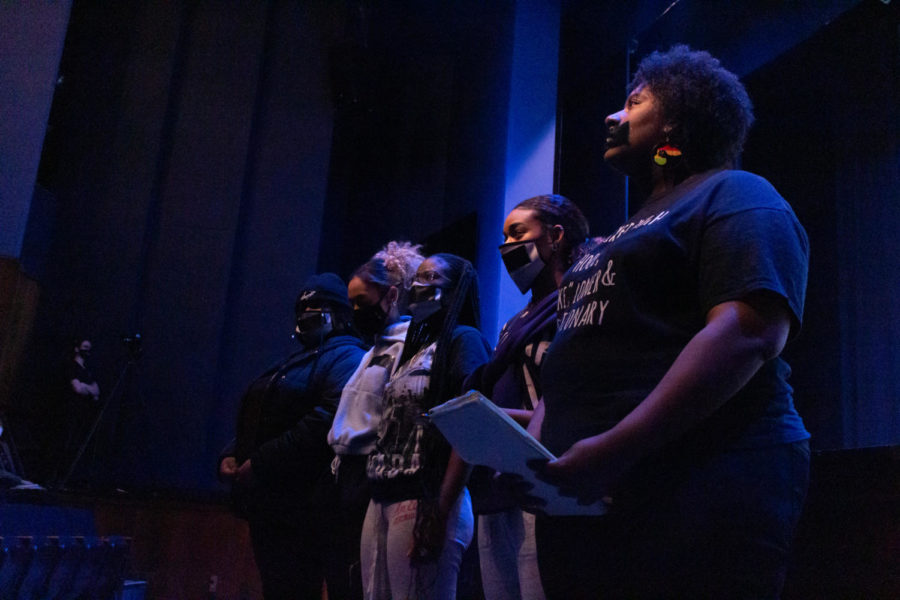Computer literacy class combined with the word “required” may cause incoming students to break out into a cold sweat and fill with dread. However, it’s a hurdle all Weber State University students have to jump over at some point in their college careers.
According to the CIL page on Weber State’s website, “All students must complete a four-part Computer & Information Literacy (CIL) requirement to receive a bachelor’s degree from WSU.”

It is also suggested by WSU that “This requirement should be completed within the first 60 credit hours of course work at WSU. It is suggested that CIL classes be taken within the first year of study.”
It seems simple enough: sign up for the class, take a test and then—boom, you’ve passed, right? Well, I think the phrase “easier said than done” would apply nicely to this situation.
These classes are essentially divided into four parts. These parts include document creation; content, Internet identity and device management; data manipulation, visualization and presentation and information literacy.
At this point, the workload may seem to outweigh any benefits, but trust me when I say that’s the not the case for these classes.
These classes serve as a platform to teach students and make sure they’re able to function in a technologically-dependent society. Each and every class is designed to assess and teach at the skill level of each student.
First, there’s document creation, which has become a fundamental part of most people’s day-to-day lives, whether at work, school or home.
Second comes content, internet identity, and device management. These assess and test the ability to manage files on a computer as well as the basics of Internet safety and virus protect, all of which are essential, especially when working with highly sensitive information.
The third part, data manipulation, visualization and presentation, focuses on programs such as Word, Excel and PowerPoint, and although some students will be skilled with these programs already, this test will help students reap benefits of these programs that they didn’t know existed.
Lastly, we have information literacy. This test is used to examine skills in finding and using information found in the library. This is a skill some students may not have since we live in a day and age of, “Google this” and “Google that.”
The classes also take into account those that are skilled with computers and don’t need to be taught in a classroom before taking the test. Students can opt out of the class and simply sign up for the test.
CIL classes can be registered for just like any other class, and more information will be in Canvas once a student has signed up.
For those who are only taking the exams, there are cutoff dates for registration. These dates are Nov. 1 for fall semester, March 1 for spring semester and June 1 for summer semester.
After looking over these requirements and what the exams consist of, these computer literacy classes don’t seem to be so dreadful anymore and in fact can be some of the most important classes a student will take in their first few years of college.
For more information, please refer to the CIL website or talk to an advisor about how to sign up for and pass these classes.
Nathan Beach is a science & tech reporter for the Signpost and is working towards a degree in computer science at WSU.







